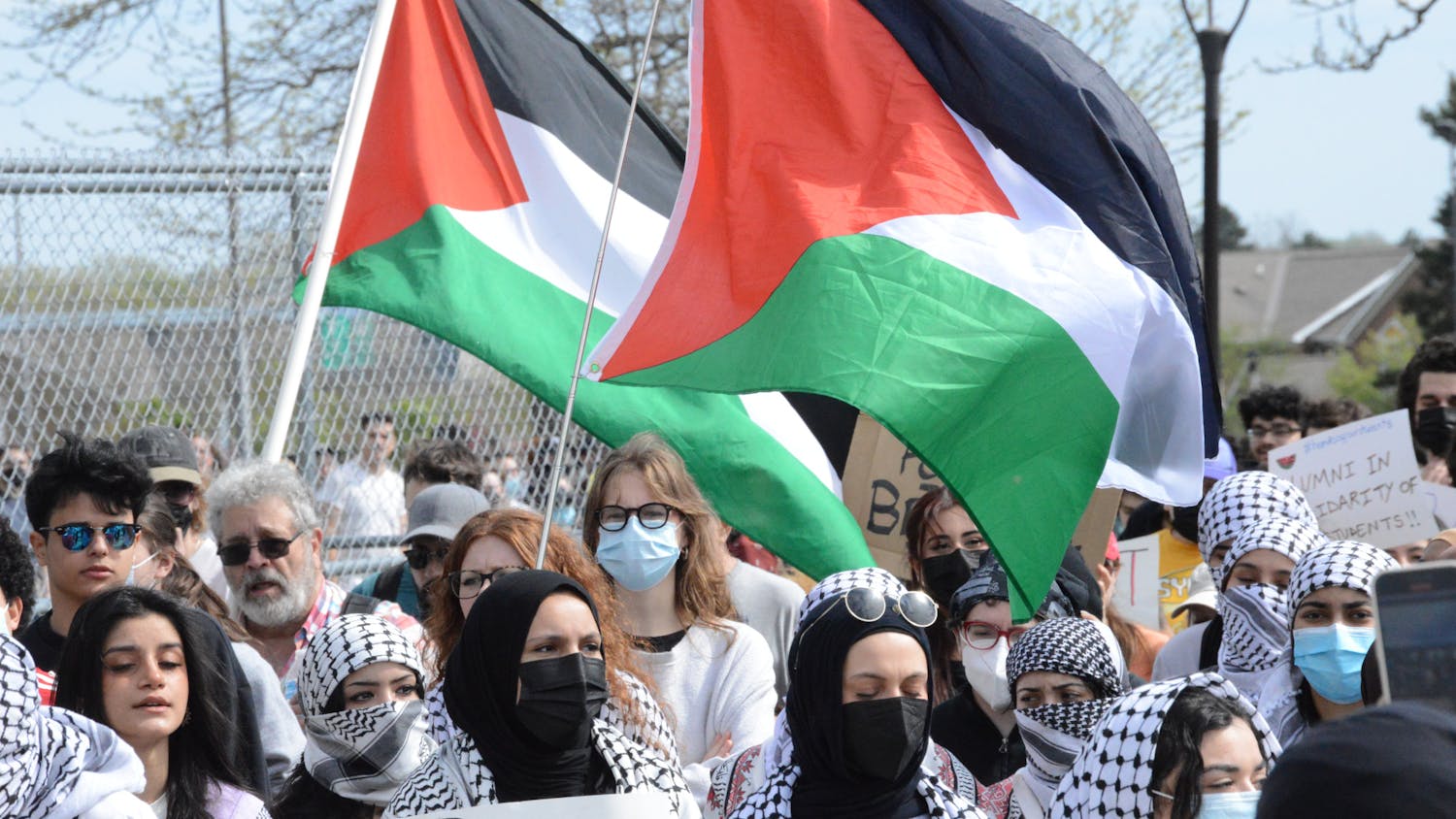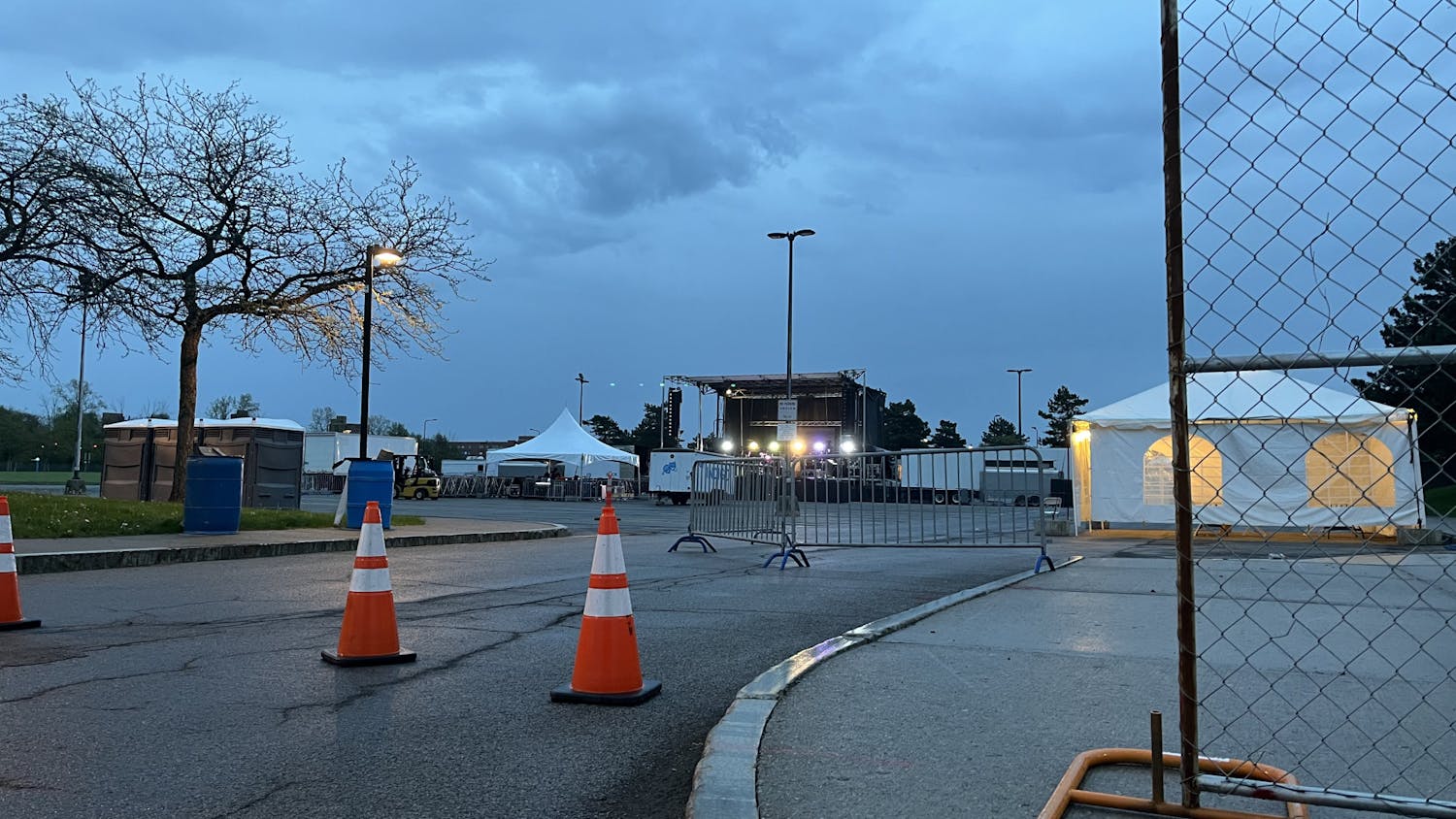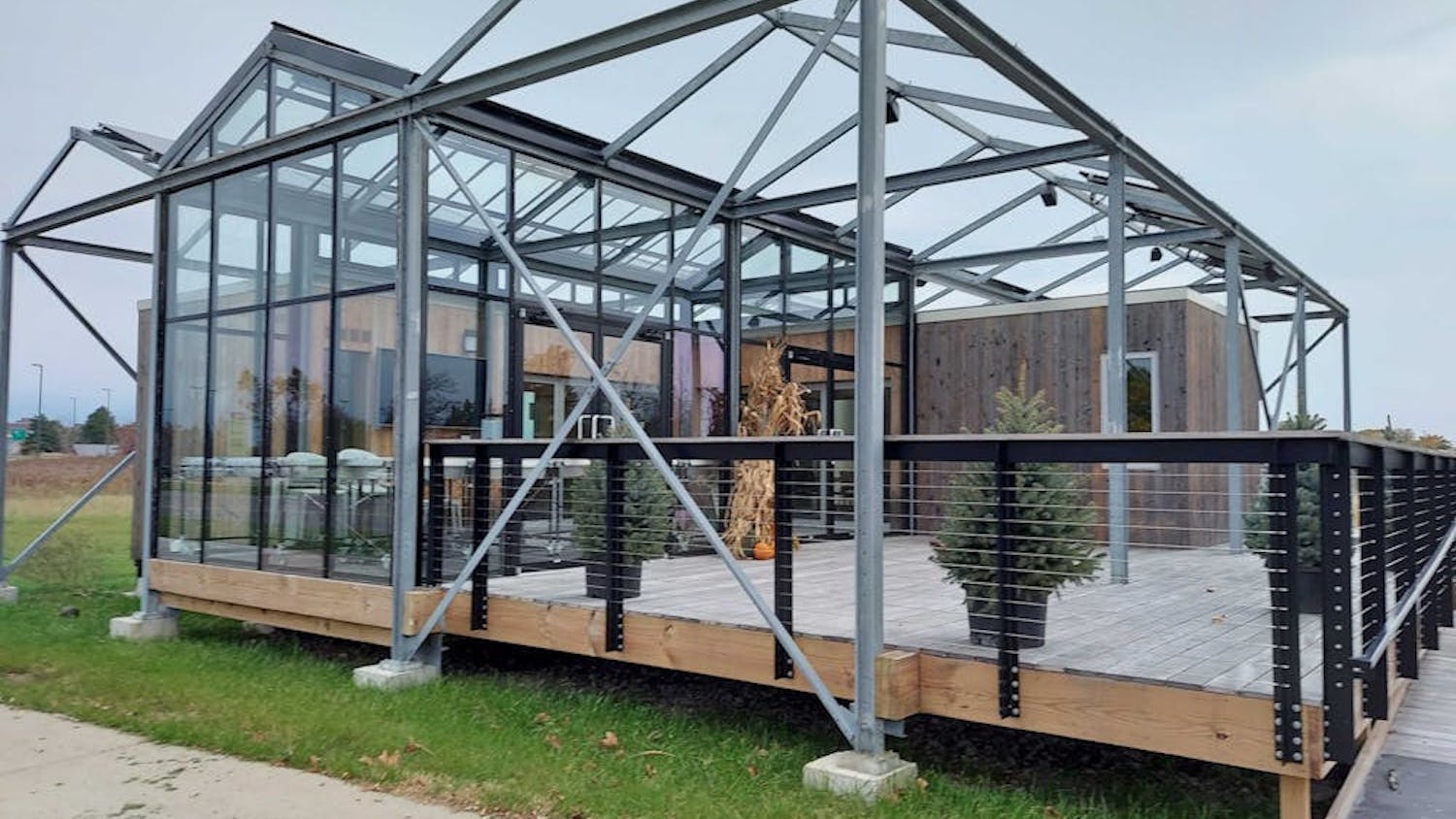UB's department of computer science and engineering was recently awarded a $1 million grant from the National Science Foundation to invest in a massive data storage system that will enable pioneering multidisciplinary research in bioinformatics, the use of supercomputers to analyze biological data, and geographical information sciences (GIS), among other research areas.
The highly competitive five-year grant provides 25 terabytes - or 25,000 gigabytes - of state-of-the-art computer storage necessary to manage and analyze multidimensional data sets. The technology will establish the hardware underpinnings necessary to further the university's cutting-edge research with a host of computational applications, including drug design, 3-D molecular structure visualization, and the recognition of geographical patterns in land formation.
"A lot of the things that we are doing and proposing to do are extremely computationally intensive and data intensive," said Robert Straubinger, associate professor of pharmaceutics and a co-investigator of the grant. "The grant provides for a large amount of highly reliable reductive storage, minimizing the chances of losing data or even data not being available."
"It's also high-speed retrieval. So for a lot of the computation, how quickly the data can be found in the data warehouse really has a practical consequence in terms of how quick information can be returned."
The university contributed nearly $600,000 in matching funds to the project, with $500,000 from the Strategically Targeted Academic Research (STAR) Center for Disease Modeling and Therapy, and approximately $80,000 from the Office of the Provost.
"The timing of our receiving this grant now from the NSF is key," said Jaylan Turkkan, UB's vice president for research. She said the grant, coupled with the expected opening of the Buffalo Center of Excellence in Bioinformatics, is a "one-two punch in terms of leveraging UB for large-scale center grants from the National Institute of Health and other federal agencies."
"It's going to be a foundation for us to carry on other projects," said Aidong Zhang, an associate professor of computer science and engineering and principal investigator of the grant. Zhang is looking to apply for grants from the National Institute of Health to seek additional funding for actual research projects rather than essential computational infrastructure.
In addition to the principal investigators of the grant, key personnel involved in the project include Nobel Laureate Herbert Hauptman of the Hauptman-Woodward Medical Research Institute, also a professor in UB's School of Medicine and Biomedical Sciences, and Norma Novak of the Roswell Park Cancer Institute. Their cooperation underscores not only the participation of leading Western New York medical institutions but also the focus on bioinformatics as a prime departmental research thrust.
Proposals for a grant of this type have been in the works for over a decade, but this particular team of investigators sharpened its focus by reducing the group to five members with specific research components: data storage and management, data visualization, data analysis and querying, and data mining and bioinformatics.
"This time we identified a good application," said Zhang. "We integrated core computer science research with very active and hot topics like GIS and bioinformatics."
After evaluating the proposal, the NSF sent a team to UB as part of the second-round review process for a site visit, intended to give the team a firsthand glimpse of the university and its facilities. The team, which included faculty from other universities, toured the university and made a hands-on evaluation of the quality of the research proposal and faculty.
Bruce Miller, director of UB's Center for Computational Research and co-investigator of the grant, attributed the grant acquisition to the unique combination of a solid scientific application and the camaraderie of faculty and researchers who work well together. In addition, he noted the NSF was particularly impressed with the administrative interest in the project.
UB President William R. Greiner returned from Washington, D.C. the day of the site visit and joined the tour midday, inviting the group to a private lunch.
"You can't fake knowledge and you can't fake enthusiasm," said Miller. "[The NSF site team] really walked away understanding how supportive the president and the provost are for high-end technology and moving this campus forward."
The grant has invigorated researchers at the university.
"With the things that have gone on here over the past decade, it's been hard to stay here," said Straubinger. "But honestly, I can't think of a more exciting place to be at the moment."




